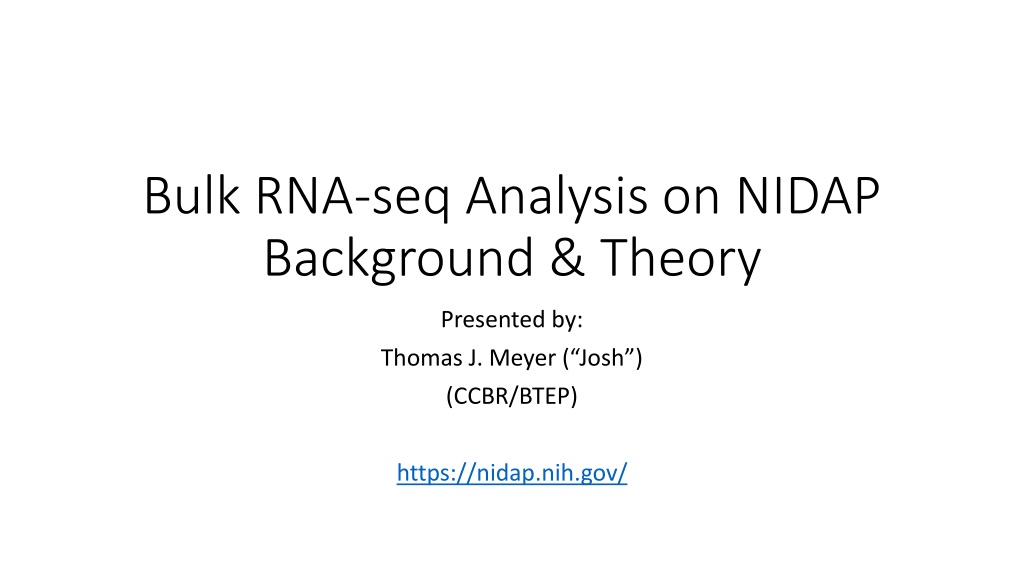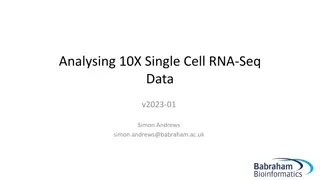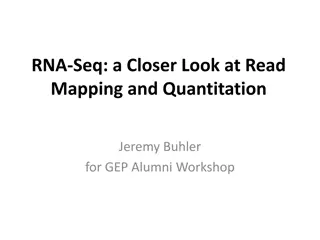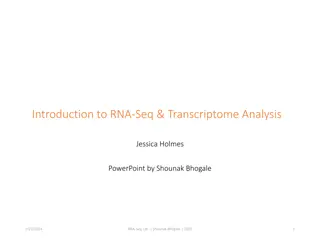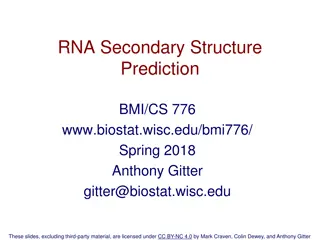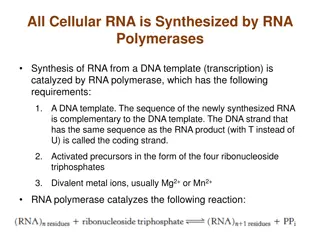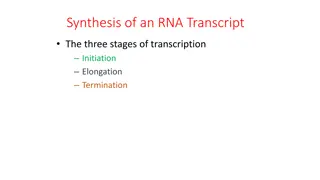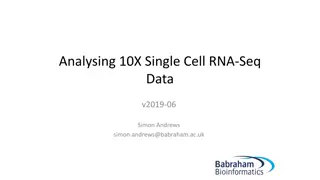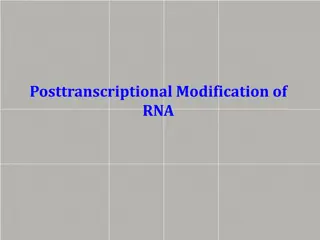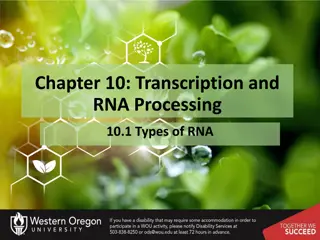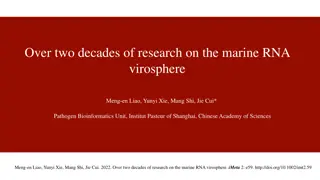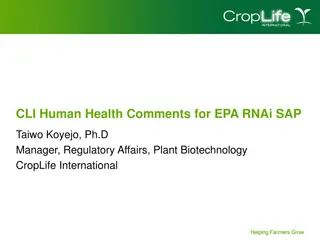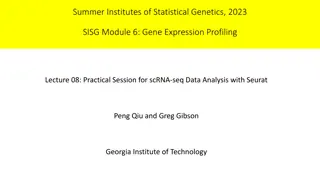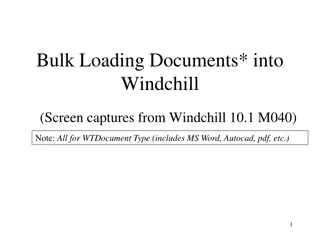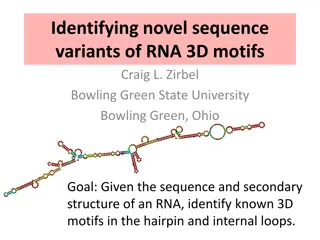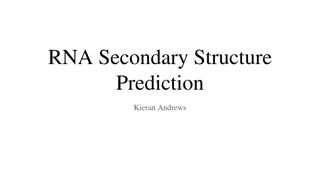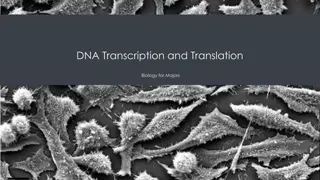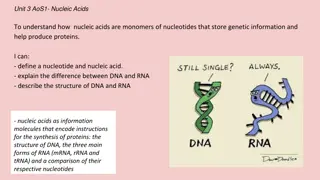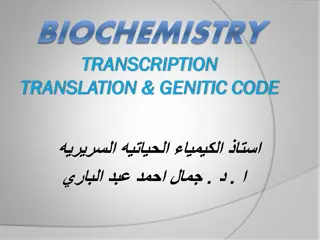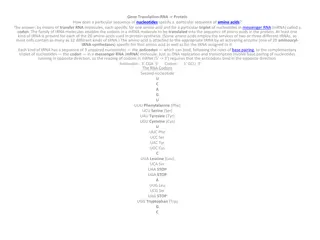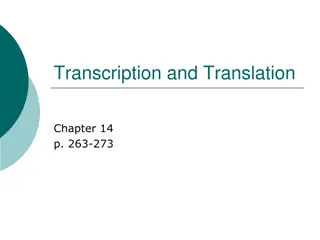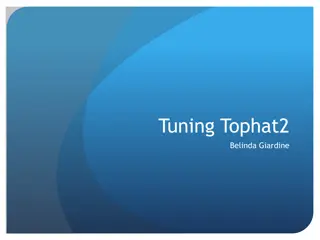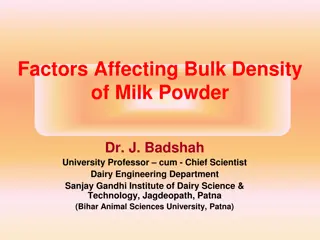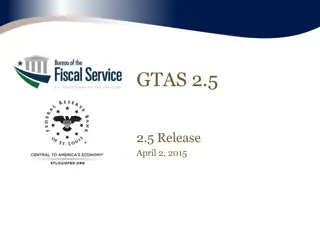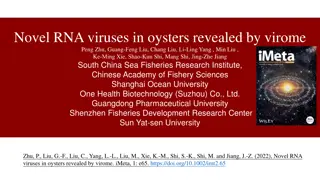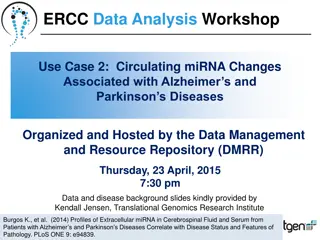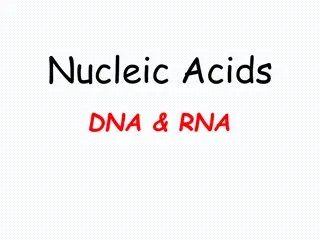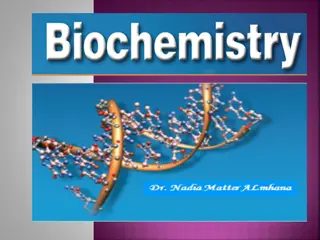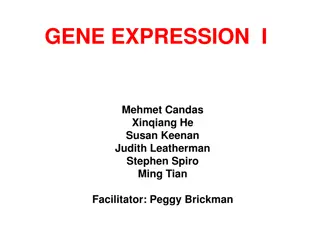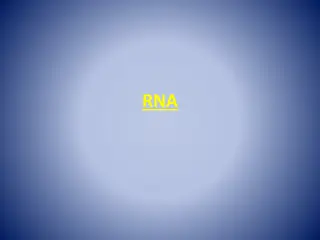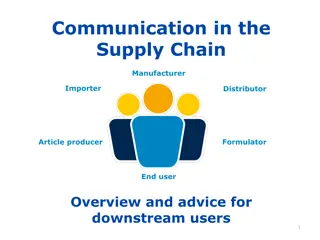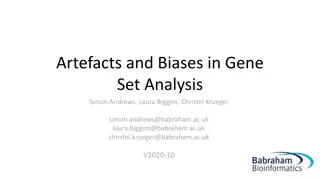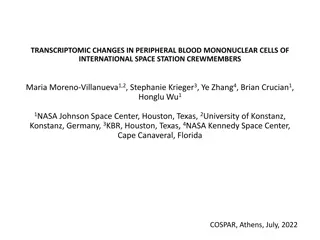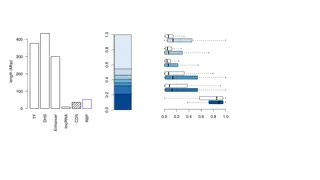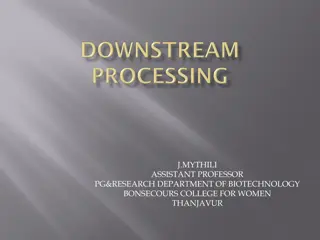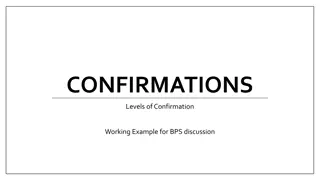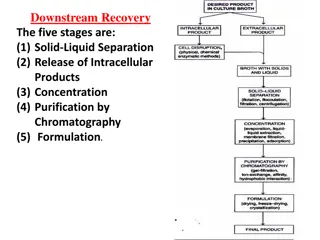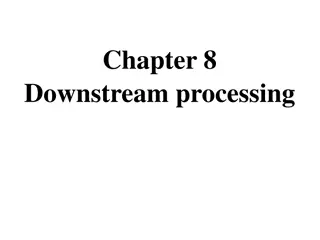Bulk RNA-seq Analysis: Basics and Downstream Insights
Bulk RNA-seq is a powerful method for analyzing gene expression in biological samples. This approach involves extracting and sequencing RNA to understand the presence and quantity of RNA molecules. The process includes steps like conversion to cDNA, sequencing reads, and downstream analysis over annotated features. Variants of bulk RNA-seq, such as mRNA and total RNA analysis, offer insights into transcriptome profiling. Downstream analysis involves working with raw counts of expression data to unravel biological insights.
Download Presentation

Please find below an Image/Link to download the presentation.
The content on the website is provided AS IS for your information and personal use only. It may not be sold, licensed, or shared on other websites without obtaining consent from the author. Download presentation by click this link. If you encounter any issues during the download, it is possible that the publisher has removed the file from their server.
E N D
Presentation Transcript
Bulk RNA-seq Analysis on NIDAP Background & Theory Presented by: Thomas J. Meyer ( Josh ) (CCBR/BTEP) https://nidap.nih.gov/
CCBR: CCBR: CCR Collaborative Bioinformatics Resource CCR Collaborative Bioinformatics Resource Experimental Design Training on genomics analysis Support on NIDAP for both bulk and single-cell RNA- seq research projects Customized support for non-standard analysis https://ccbr.ccr.cancer.gov/
RNA Sequencing (RNA-seq) A diverse collection of methods for examining the presence, quantity, and sequences of RNA in a sample using next-generation-sequencing (NGS) technology Basic steps: Extract and isolate RNA, then convert it to cDNA Fragmentation and size selection Addition of any linkers, adapters, or barcodes Next-generation sequencing (NGS) of reads Analysis of read sequences: Includes read QC, alignment to reference genome, counting of reads over features (e.g. genes), and within- and between-group comparisons and contrasts Variations of RNA-seq include: Total, mRNA, single-cell, etc.
Bulk RNA-seq: Basics The use of RNA-seq analysis to investigate bulk biological samples, which contain many thousands or millions of cells Most common type of RNA-seq analysis Produces observations based on mean expression from all cells in a bulk sample Two common variants of bulk RNA-seq are: mRNA: poly-A selected; standard transcriptome profiling Total RNA: whole transcriptome analysis (coding and non-coding) Paired-end reads: Each pair of reads corresponds to a single original molecule of RNA, sequenced from each end, often not all the way through the molecule Result are two reads with some amount of sequence between them (called the insert ) of unsequenced nucleotides
https://www.technologynetworks.com/genomics/articles/rna-seq-basics-applications-and-protocol-299461https://www.technologynetworks.com/genomics/articles/rna-seq-basics-applications-and-protocol-299461
Bulk RNA-seq: Downstream Analysis Begins with raw counts of detected expression over annotated features (e.g. genes) in the reference genome to which reads are aligned This is a large matrix of count values with rows for genes and columns for samples Also need a metadata table, with sample names, groups, short labels, and any batch information Filter out low-count genes and convert to counts-per-million (CPM) Those with fewer than X samples per group with at least Y count value Defaults: X = 3, Y = 1 Log2 transformation of CPM values and Normalization to ensure comparisons between samples are valid Batch Correction (Optional) to identify and remove any batch effect Differential Expression of Genes (DEG) Analysis to look at relative expression between two groups of samples from different experimental conditions
Bulk RNA-seq: Experimental Design Tips Hypothesis-driven design Sample Size: Optimal Minimum Sample Size: 4 biological replicates per group Allows for removal of at least one outlier per group Absolute Minimum Sample Size: 3 biological replicates per group No outliers can be removed Library Prep Kit: mRNA: Standard transcriptome profiling Total RNA: Novel transcript discovery, alternative splicing, and lncRNA Depth & Quality: mRNA: 10-20 million reads per sample & RIN > 8 Total RNA: 25-60 million paired-end reads per sample Batch Effects: Can arise when some samples are prepared or sequenced at different times or using different reagents/equipment than others Preparing all samples identically and simultaneously is best If batches are unavoidable, at least make sure there are some samples from every group in every batch Can then attempt batch removal if batches are known Lane Effects are a specific kind of batch effect that can arise when samples are run in different lanes of the sequencer Multiplexing all samples to run on all lanes is best
NIDAP Training Tutorial: You should now be ready to begin to work through the online tutorial for a basic analysis of a training bulk RNA-seq dataset on NIDAP https://nidap.nih.gov/ You should have an email with links and instructions on how to access these materials If you do not, please email us: NCIBTEP@mail.nih.gov You will need to be able to access the NIH secure network This can be done either from on campus or by using a VPN client to connect from home You will also need your NIH username and password to log-in to the NIDAP site
Thank you! Please email us at if you have any questions about this training at this address: NCIBTEP@mail.nih.gov A listing of all upcoming NIDAP training classes can be found here: https://btep.ccr.cancer.gov/nidap_upcoming/ Please check back at this link to see a constantly updated list of all upcoming BTEP training offerings (not just on NIDAP): https://btep.ccr.cancer.gov/
